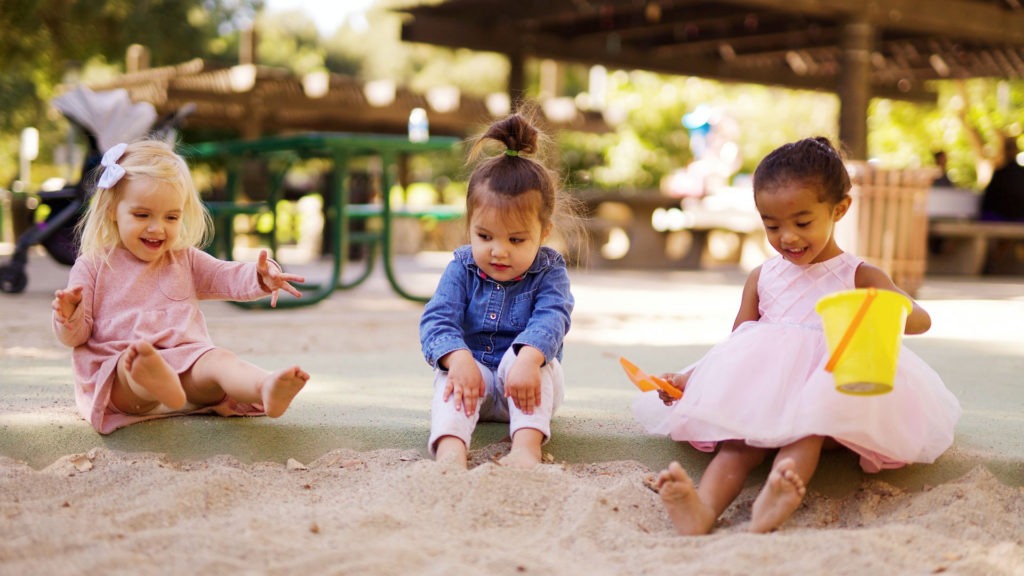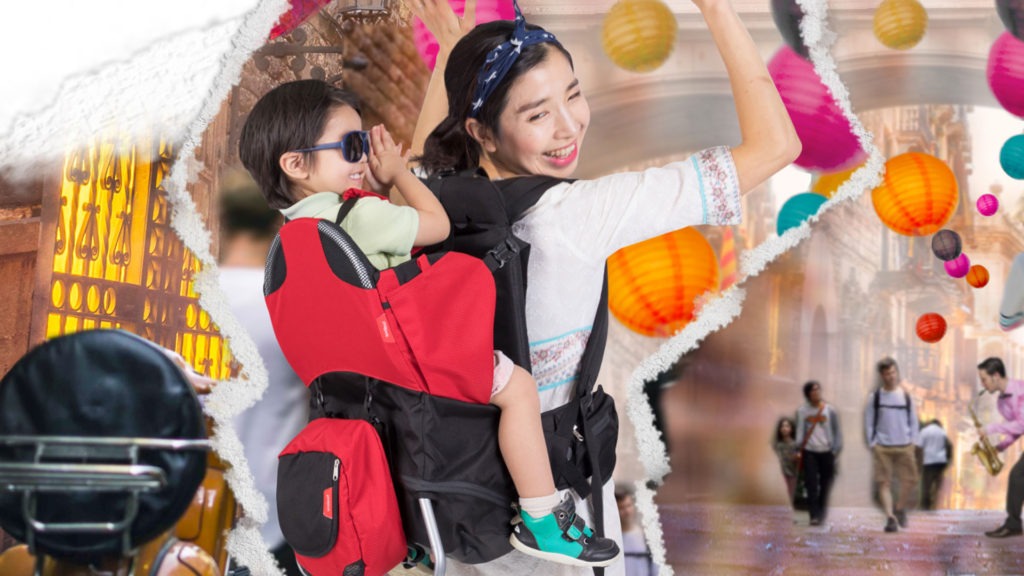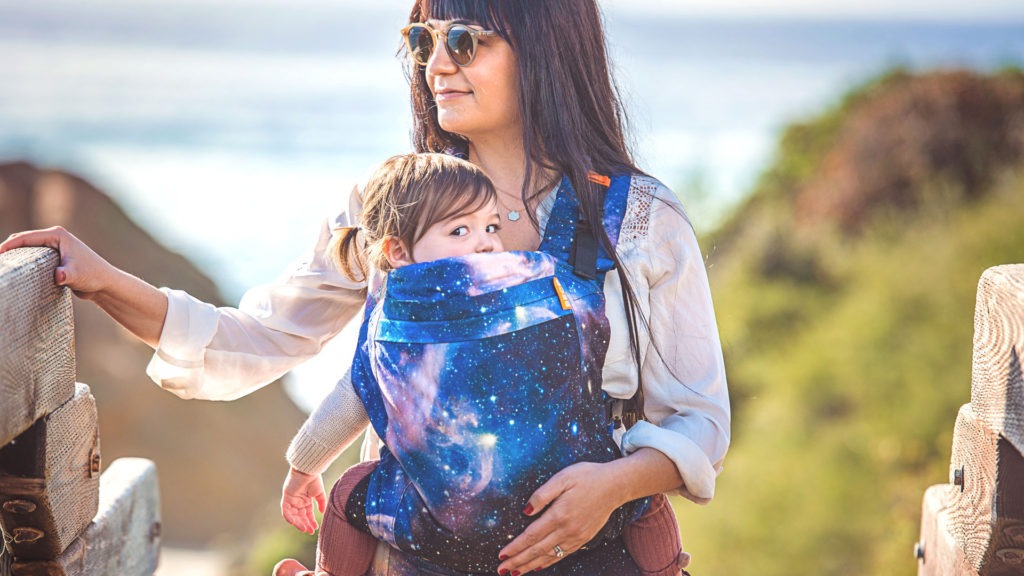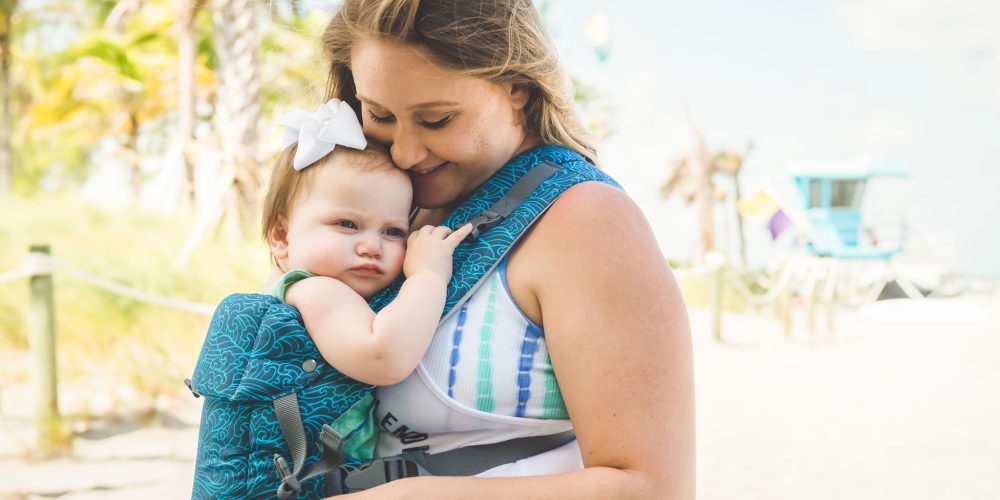Best Baby Carriers for toddlers from 18 to 36 months old
Best Baby Carriers for toddlers from 18 to 36 months old

Understanding the behavior of toddlers & preschoolers
Toddlers and preschoolers between the age group of 18 months to 3 years old are a busy and boisterous bunch. They appear to have boundless energy to explore and play all day long. Most of the time, they will be running from point to point, looking for new things to play. Although they still need a lot more sleep than adults, very often kids at this age often fight to stay awake just to play a while longer.
As they may not necessarily follow instructions very well at this age, carrying them is one of the easiest (and fastest) way to keep them from running all over and hurting themselves or to help them get the nap that they need. For this, a good ergonomic baby carrier can be a life saver for parents especially for those with back issues.
At 18 months, most kids typically weigh between 9 to 14kgs. By the time they are 3 years old, their weight is expected to be between 12 to 18kgs. This is not an easy weight to be hauling around using just your arms for long periods of time.

The key features to look out for in baby carriers for toddlers in this age range are their weight distribution efficiency and the height of the carrier panel. An ergonomic baby carrier with an efficient weight distribution system should allow a babywearer to carry a toddler easily over 15kgs without straining their backs. The height of the carrier panel is important as your toddler starts to grow taller and inadequate coverage of their back when they are in the carrier can be dangerous as the child can arch their way out the baby carrier. This is particularly crucial when the child is carried in the back carry position because the babywearer would not be able to see what is happening and react in time.
The soft-structured and frame backpack carriers are usually the most preferred choice by parents for carrying kids from 18 months to 3 years old. Their ergonomic structure ensures efficient weight distribution and depending on the back panel length of the carrier you choose, can safely carry toddlers from 2.5years old to 5 years old (based on the average-sized Asian child).



Although most ring slings and pouch slings can still be used safely with toddlers of this age range for short period of carrying or for purpose such as discreet breastfeeding, we do not recommend any slings if you expect to carry your toddler for longer periods, e.g., more than 30mins or when you have to negotiate rough terrains. Having said that, using a sling still beats not having any carriers at all if you have to lug a tired and cranky toddler around. However, do keep in mind that structurally slings are not designed for such weights for longer periods of carrying.
The following comparison table summarizes the different types of babywearing tools for use with toddlers between 18 months to 3 years old:-
Carrier Comparison Table for 18 months to 3 year old Toddlers/ Prechoolers
| Baby Carrier | Weight Distribution | Comfortable Weight/Child Size Limit | Ease of Use | Additional Remarks |
|---|---|---|---|---|
| Baby Ring Slings | Fair to Poor depending on several factors. (Weight borne on a single shoulder across the back) | 8kg to 12kg, depending on wearer, fabric & design (may want to opt for heavy duty slings) | Easy | While unsuitable to use for long periods of time, useful if toddler only need quick ups and doesn't need to stay carried for long. |
| Stretch/ Jersey Wraps | Fair to Good (Limited by stretch in material) | 12kg to 16kg, depending on fabric | Easy but more challenging as child grows taller | Opt for hybrids which may be more comfortable with heavier babies & toddlers. |
| Woven Wraps | Excellent | 14kg to 16kg | Some learning curve. Retying may be required for on and off. | An extremely versatile babywearing tool. However, toddlers and preschoolers may not be very patient to wait for tying at this stage. |
| Soft Structured Baby Carriers | Excellent | 14kg to 25kg depending on carrier structure & fit for wearer | Very Easy | May want to opt for toddler versions for longer wear. Read our article on Guide to Choosing a Structured Baby Carrier for a comprehensive carrier comparison. |
| Hybrid Soft Structured Baby Carriers | Fair | 10kg to 15kg | Very Easy | Read our article on Guide to Choosing a Structured Baby Carrier for a comprehensive carrier comparison. |
| Semi-Hard Structured Baby Carriers | Fair to Poor | 10kg to 15kg | Very Easy | A softer structure may be more comfortable for this child at this stage for the overall wrap around support as well as seat size. Read our article on Guide to Choosing a Structured Baby Carrier for a comprehensive carrier comparison. |
| Meh Dais/ Mei Tais | Fair to Poor | 12kg to 14kg, depending on fabric & structure | Fairly Easy | Although technically possible, waist band is usually unpadded which can feel too pinchy when carrying a heavier child and older toddlers may not be very patient with waiting for the tying. |
| Frame Backpack Carriers | Fair to Poor (depends on build of wearer) | 12kg to 16kg | Easy | Can be a great option for hiking with a younger and lighter toddler. However, it may be too heavy with a bigger child or on a smaller wearer as the center of gravity is further away from the body. |
* The guideline on the age of child is derived based on an average size child, based on WHO standards. This can vary according to your child’s physique.



